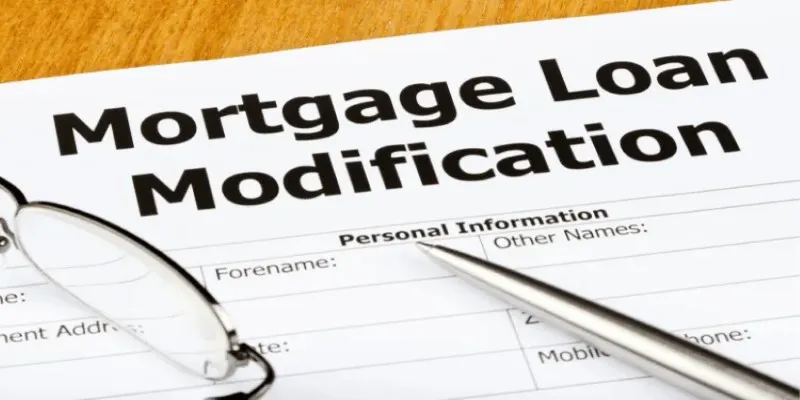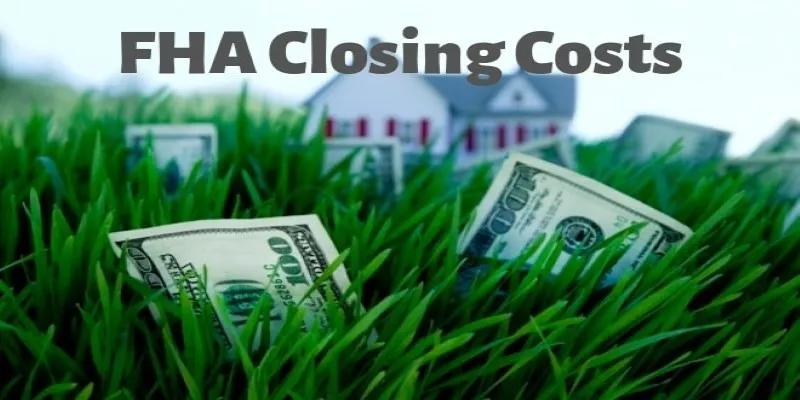Forbearance and Loan Modifications After Hurricane Ian Explained
In the aftermath of Hurricane Ian, many homeowners found themselves grappling with the loss of their homes, jobs, and stability. With extensive damage caused by one of the most destructive hurricanes in Florida’s history, many individuals are facing financial hardship. Lenders and federal agencies have stepped in to provide relief for those whose lives have been upended, offering a lifeline in the form of mortgage relief.
Understanding Mortgage Relief for Hurricane Victims
Mortgage relief for victims of Hurricane Ian primarily comes through forbearance programs, loan modifications, and other forms of financial assistance. These relief options help struggling homeowners manage their mortgage payments during the recovery process without facing the immediate risk of foreclosure.
Several major mortgage lenders and institutions like Freddie Mac and Fannie Mae have been instrumental in offering these relief programs, often following FEMA’s designation of areas as major disaster zones. In these cases, lenders offer support to homeowners who either lost their homes, experienced significant damage, or are facing income loss due to the disaster.
Key Mortgage Relief Programs
For homeowners affected by Hurricane Ian, financial assistance can come in various forms, and understanding these options is critical to alleviating the stress of mortgage payments during recovery. Whether you’re facing short-term disruptions or long-term financial hardship , lenders and government agencies have set up programs designed to ease the burden. Let’s explore the key mortgage relief programs available, which provide flexibility for homeowners struggling to rebuild both their homes and their financial footing. These options can help ensure that you stay on track without the fear of foreclosure or excessive penalties.
Forbearance Programs
A forbearance plan allows homeowners to temporarily pause or reduce their mortgage payments without the risk of foreclosure. For victims of Hurricane Ian, Freddie Mac and Fannie Mae offered forbearance for up to 12 months. During this time, no penalties or late fees are imposed, providing immediate relief for those struggling to make ends meet. Forbearance is especially beneficial for people who have had significant damage to their homes or are dealing with income loss due to the storm.
Importantly, forbearance does not erase the payments that are missed during this period. Homeowners will need to arrange a repayment plan with their mortgage servicer once their financial situation stabilizes.
Loan Modifications

For those facing long-term financial hardship , lenders often provide loan modifications. This option allows homeowners to adjust the terms of their mortgage to make payments more manageable. Adjustments may include lowering the interest rate or extending the loan term, thus reducing monthly payments.
According to Freddie Mac , after forbearance ends, homeowners can explore options like repayment plans, where they gradually make up missed payments or defer the missed payments to the end of the loan term.
Reinstatement and Deferrals
While a lump-sum payment can bring the mortgage back to its original schedule, it is not a mandatory option for most lenders. Instead, homeowners are often given the opportunity to reinstate their mortgage over time, spreading out the repayments over months or even adding missed payments to the end of the loan term without any additional interest.
The Role of Mortgage Servicers

Homeowners must stay in contact with their mortgage servicer throughout the relief process. Mortgage servicers act as intermediaries between homeowners and lenders, ensuring that relief options such as forbearance, repayment plans, or loan modifications are implemented properly and on time. Their role becomes particularly significant during disaster recovery, where prompt action is essential to prevent any legal or financial missteps.
In the wake of Hurricane Ian, many mortgage servicers have been proactive in reaching out to homeowners in affected areas. Even in cases where homeowners might not be immediately aware of available relief options, servicers often initiate contact when they detect that a property or its owner is located in a declared disaster zone. This automatic assistance offers some peace of mind to homeowners who are overwhelmed by the storm’s aftermath and might not have the capacity to seek help on their own.
Another vital function of mortgage servicers during such crises is suspending foreclosure actions. Typically, in disaster zones, foreclosures are paused for an extended period while mortgage relief plans are active. This suspension provides a safety net for families who are still reeling from the destruction and are struggling to restore some semblance of normalcy. The ability to stay in their homes during the recovery period allows homeowners to focus on rebuilding without the looming fear of losing their homes.
Long-Term Recovery and What Homeowners Should Know
While mortgage relief programs provide short-term relief, homeowners need to have a long-term financial plan as well. Once the immediate disaster has passed, lenders will expect homeowners to resume their regular mortgage payments or follow through with repayment plans. For those unable to recover financially after the forbearance period ends, further options like refinancing or applying for a loan modification may be necessary.
One of the significant hurdles for victims of natural disasters like Hurricane Ian is managing the uncertainty of how long recovery will take. The CFPB advises that homeowners keep close track of their communication with mortgage servicers and document any agreements made regarding payment adjustments.
Homeowners should also be wary of potential scams during the recovery period. Scammers may pose as mortgage relief agents or government representatives, offering fraudulent assistance programs. Working directly with your mortgage servicer and verifying any offers through trusted government websites like disasterassistance.gov can prevent falling victim to these schemes.
Conclusion
The aftermath of Hurricane Ian has left many Floridians in dire financial straits, but mortgage relief options provided by lenders and government agencies are helping people regain stability. Programs like forbearance and loan modifications offer essential breathing room as homeowners work to rebuild their lives.
By staying informed and in contact with their mortgage servicer , homeowners can take advantage of these relief programs and navigate the challenging process of disaster recovery. While the road ahead may be long, these support systems can make a significant difference in preventing foreclosure and maintaining homeownership during uncertain times.











